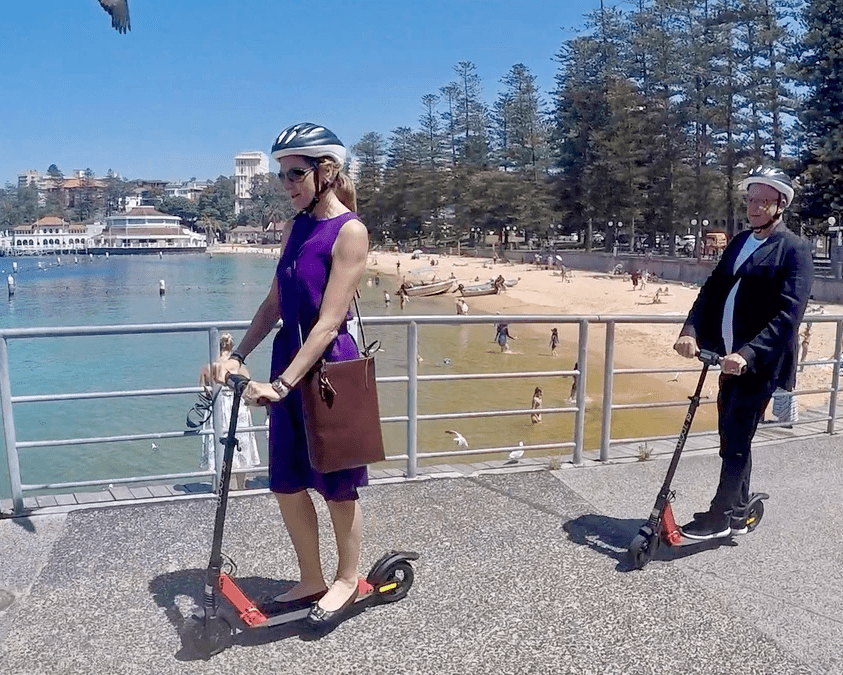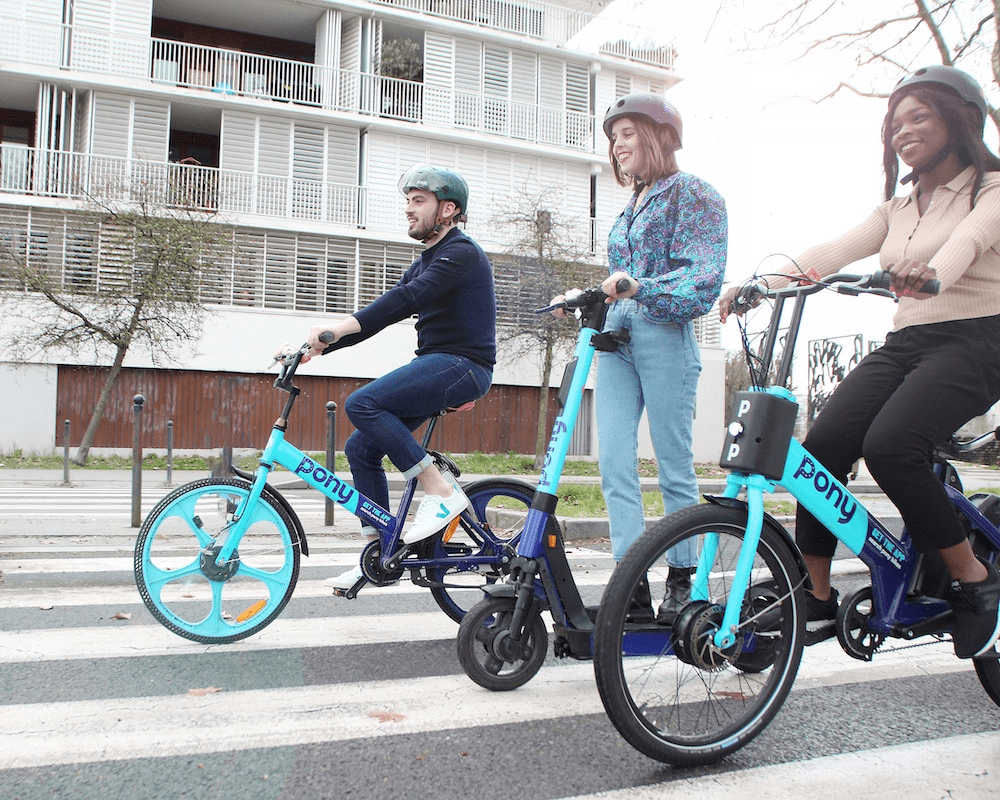

Introducing
The Ride
Micromobility Playbook for Australian Cities
Navigating the Micromobility Landscape
In an era of rapidly evolving transportation options, local government authorities (LGAs) face the complex task of reevaluating their policies on privately owned and shared e-scooters, e-bikes and emerging forms of micromobility.
Making well-informed decisions is not just important; it's imperative for fostering positive outcomes that benefit the city, its residents, and local businesses.
Through conversations with various cities, we've uncovered a common challenge: each is reinventing the wheel.
Crafting policies for privately owned vehicles and launching shared operator programs for micromobility is a time-consuming and resource-intensive process, often involving multiple departments. Recognising this, a senior executive at an Australian city who had already embarked on the micromobility journey openly expressed the need for a comprehensive resource—a Micromobility Playbook.
Enter Zipidi, a team of micromobility specialists with a wealth of experience dating back to 2018 and expertise in risk management and insurance—skills that set us apart from generalist transport consultancies. Having supported numerous cities and organisations on their micromobility journeys, we decided to distil our knowledge into a structured process, giving rise to the Ride Micromobility Playbook.

How well your city Rides will be determined by how effectively you understand and respond to key issues
Ride Micrombility Playbook explores critical themes that prepare cities to successfully implement safe micromobility in their communities.
The complete Ride Micrombility Playbook is 80 pages of detailed information supporting cities with micromobility policy and implementation.
R i d e
Here is a glimpse of what is inside the Ride Micromobility Playbook

R for Readiness
- What is your why? Defining your purpose and objectives for embracing micromobility
- Transport Strategy Aligning micromobility with your city's broader transportation plan
- Resources - Understanding the personnel and infrastructure needed for a successful micromobility program.
- Knowledge - Building the necessary expertise within your team.

R for Riders
- Analysing rider demographics and use cases
- Businesses - Engaging local businesses and exploring partnership opportunities.

R for Regulation
- Understanding existing legal frameworks, riding rules, compliance, and enforcement mechanisms.

R for Risk & Safety
- What are the risks and how can they be mitigated
- Emerging safety technology
- Roles and responsibiities in managing risk.

I for Implementation
- Business Models and Business Case - Crafting sustainable financial models when engaging Operators
- Best Practice Share Operator Procurement - Selecting the right partners.
- Best Practice Partnership Management Model -Collaborating to achieve your goals
- KPIs - Management and Reporting: Measuring success and progress.

I for Insurance
- Understanding risk and the role of insurance in managing risk
- Exploring different insurance options.
I for Information
- Leveraging data for decision-making, compliance management and reporting.

I for Incidents
- Incident management and reporting.

D for Devices
- Device Types -Understanding privately owned and shared micromobility vehicles
- Technology and Capability - Assessing the technology underpinning these devices
- Batteries and Charging - Addressing power needs and safety standards
- Accessibility - Ensuring inclusivity
- Emerging Devices - Staying ahead of the curve.

E for Environment
- Infrastructure and Infrastructure Risks -Preparing the city's physical environment
- Riding Areas -Designating safe routes
- Speed Zones -Establishing speed limits
- Parking - Managing where and how micromobility vehicles are parked
- Prohibited Areas - Identifying restricted zones
- Safety - Prioritising the well-being of riders, pedestrians, and the broader community
- Sustainability -Promoting eco-friendly micromobility.

E for Engagement
- Communication and community education and engagement
- Vulnerable road users.
Ride Micromobility Playbook
Zipidi Insights - Safety Technology
Please send me a complimentary copy!

Solutions
for Micromobility
Contact Us
ride@
The information provided here is general advice only and has been prepared without taking into account your objectives, financial situation or needs. Before you buy a policy, you should consider if the product suits your needs by reading the Policy Wording, in light of your personal circumstances.












